13 Questions to ask to ensure you are an inclusive school.
This is blog post is primarily school-based and SEND focused, but can any education or care setting that strives to be truly inclusive should be able to use this as an environmental and relational approach based checklist or simple inclusion audit tool. Before you start looking at strategies or labeling a child’s actions as challenging ask yourself these questions. They could form the basis of an interesting initial discussion with your team about how inclusive your approach is, and how it may be enabling the learning of all.
Are you an Inclusive School?
If you cannot answer Yes to the first 13 stop and rethink your approach to inclusive education.
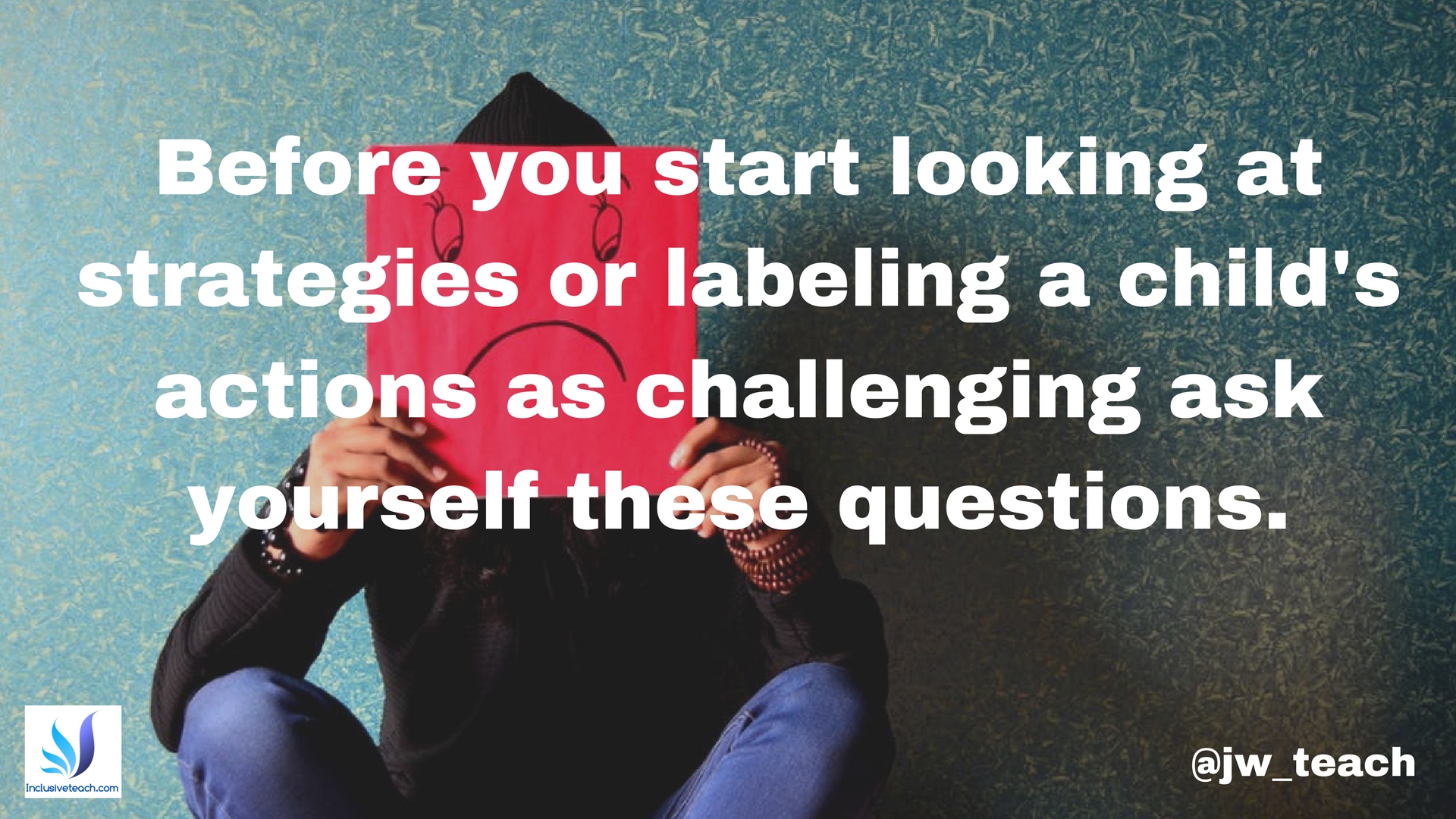
The Core Questions
Is the child fully included, valued, and accepted part of the group with a clear role within their peers?
Do they have a chance to share their interests with peers and adults?
Do you regularly ask “What is their behaviour telling me”?
Have you made them welcome using their preferred communication method?
Do you ever just sit with them and share time and space without placing demands?
Do they trust you?
Are reactions and interactions always consistent and relentlessly positive?
Do they have a voice that all staff actively listen and respond to?
Is everything predictable, and routines, schedules created with input from the child?
Do we teach skills to cope with and thrive during unstructured time?
Do all children have their own space or territory and are there safe spaces to escape to?
Do you plan and prepare for all transitions?
Do you always model expected behaviours?
The next steps.
Once those are in place start thinking about these next steps to enhancing your inclusive provision. There should always be ways to develop aspects of your practice to ensure you are as inclusive as possible, there will be individuals who require additional support and any inclusive setting eeks to ensure everyone is included.
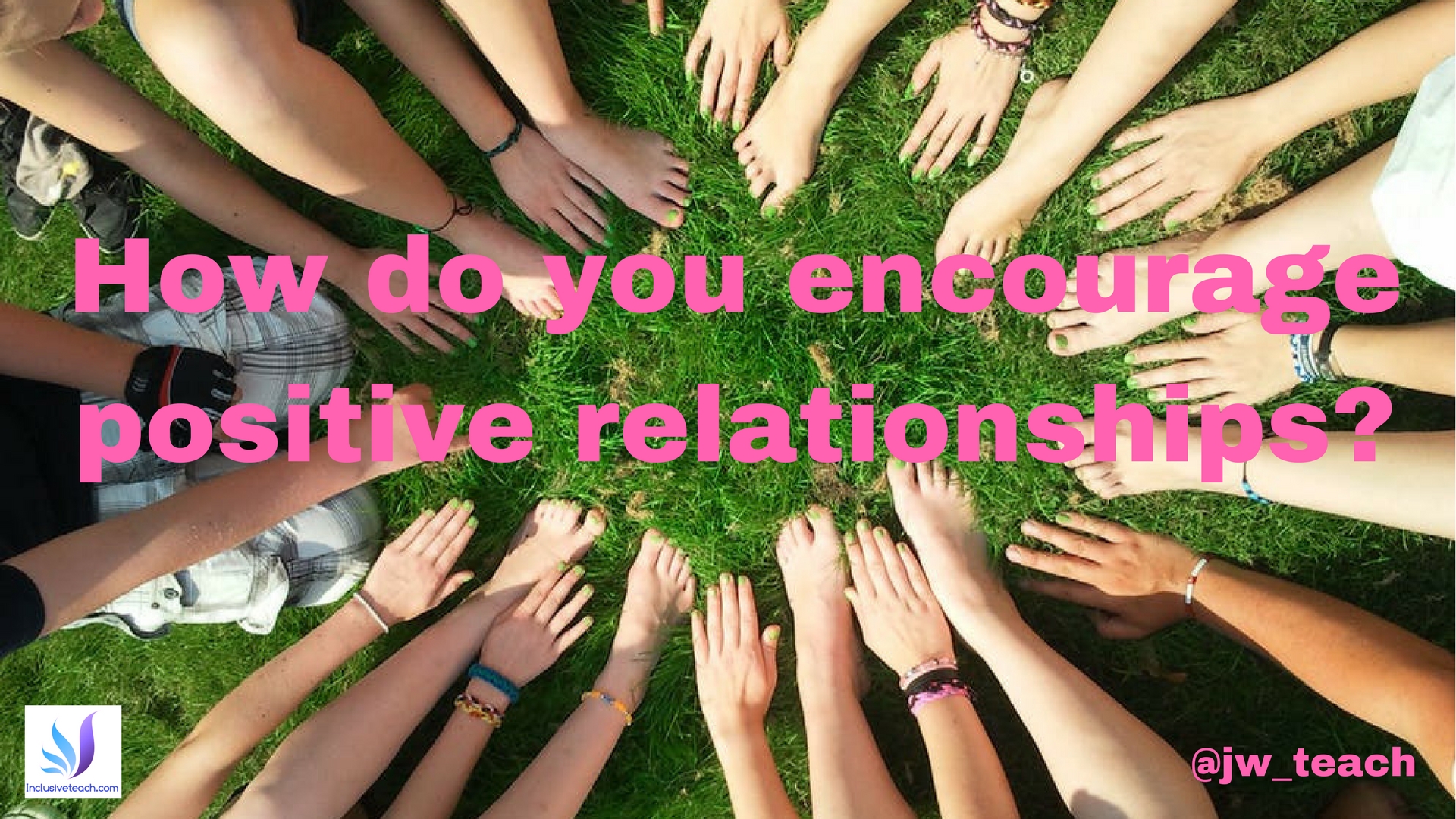
If they sit apart why, whose decision was it and can they rejoin if they want to?
What decisions can they make and what choices do they have?
Which situations, resources and activities do they have control of and how can we increase the sense of control?
What do they have ownership of in the classroom?
Who are their champions?
What do we do to create opportunities for sharing and turn taking?
How do you encourage positive relationships?
Do we present instructions clearly?
- how much processing time is provided?
- are directions supported visually?
- are expectations clear?
- do they have the vocabulary to understand the directions?
Are parents part of planning & decision making? (Thanks to Claire Ryan)
Thanks for reading I hope some of these give you food for thought. If you need further support this post may help.


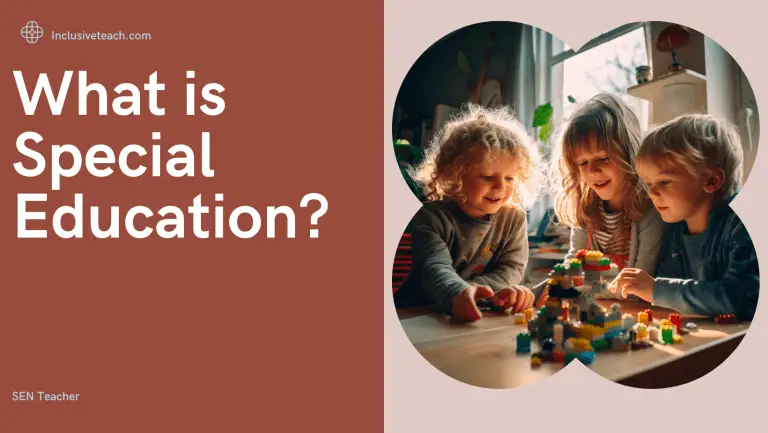

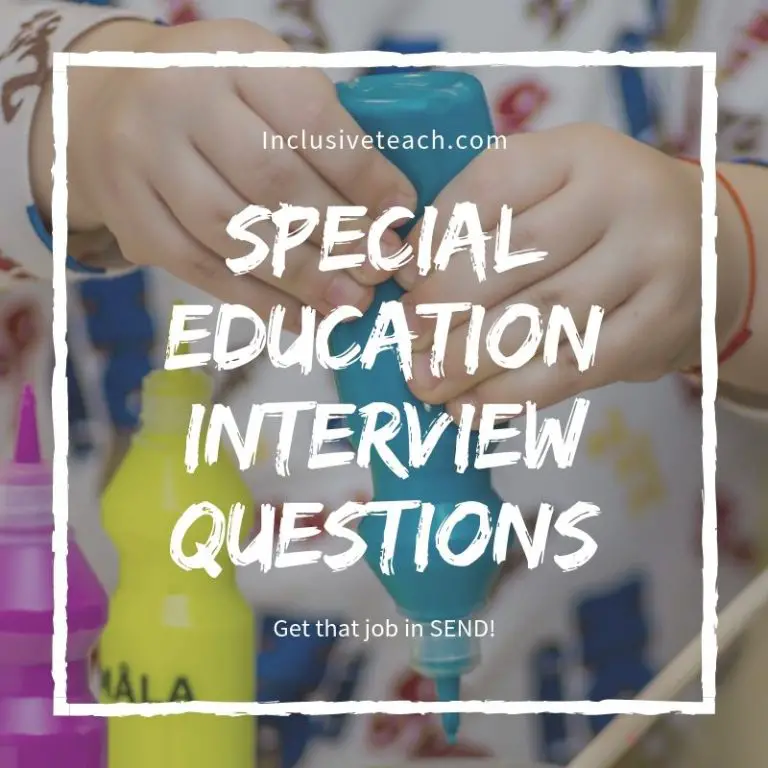
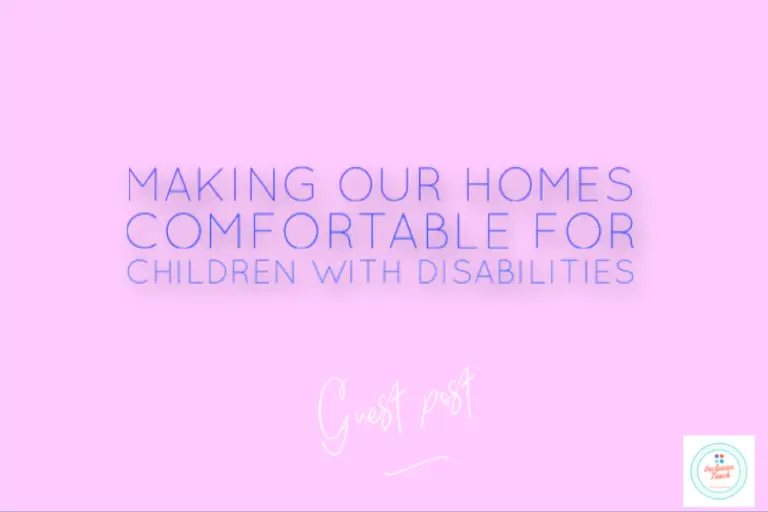
Reblogged this on By the Mighty Mumford and commented:
FORMERLY BEING IN EDUCATION—THESE WERE THE QUESTIONS WE WOULD HAVE ASKED…AT LEAST IN A PRIVATE SCHOOL—AND DID, BEST WE COULD.
Thank you for taking the time to read and share this post Jonathan
My pleasure.